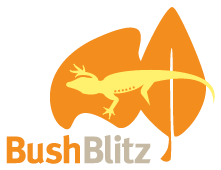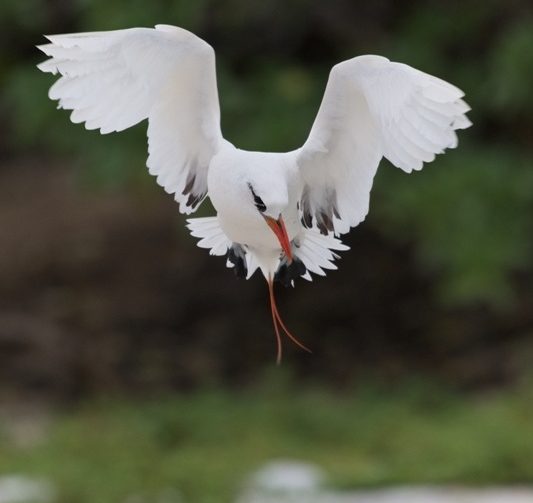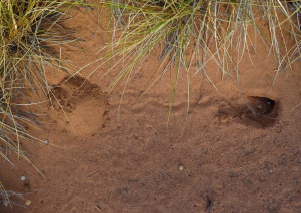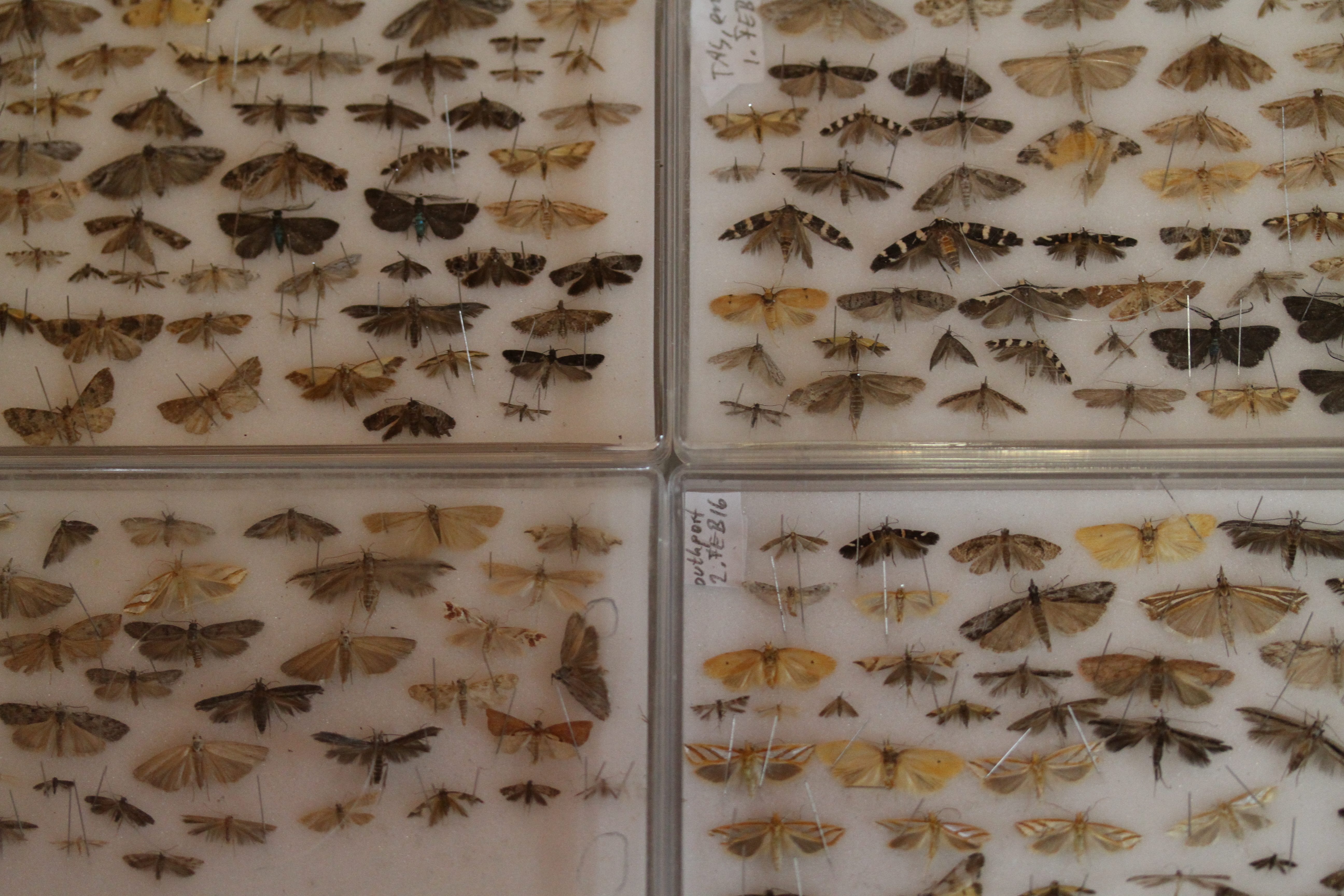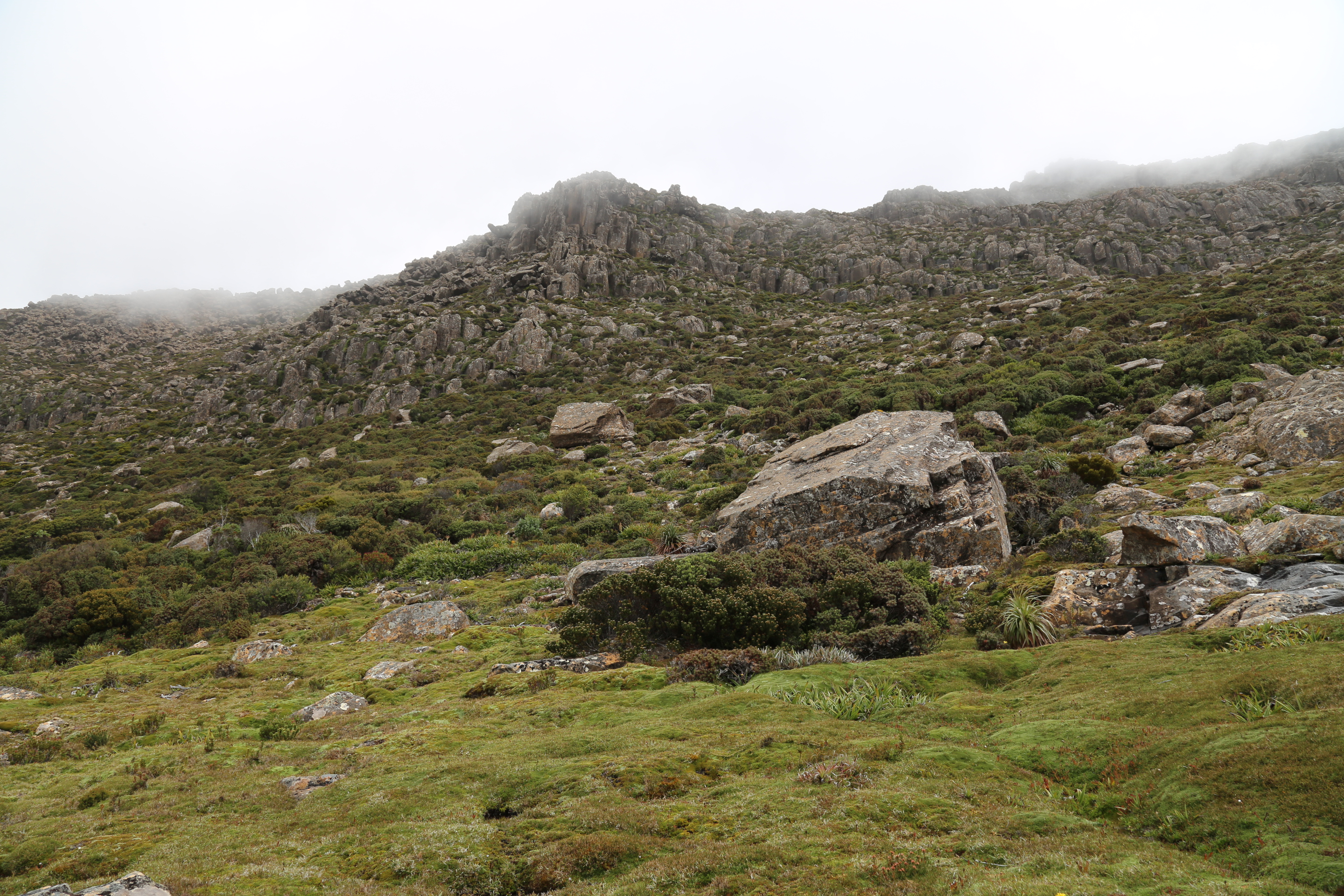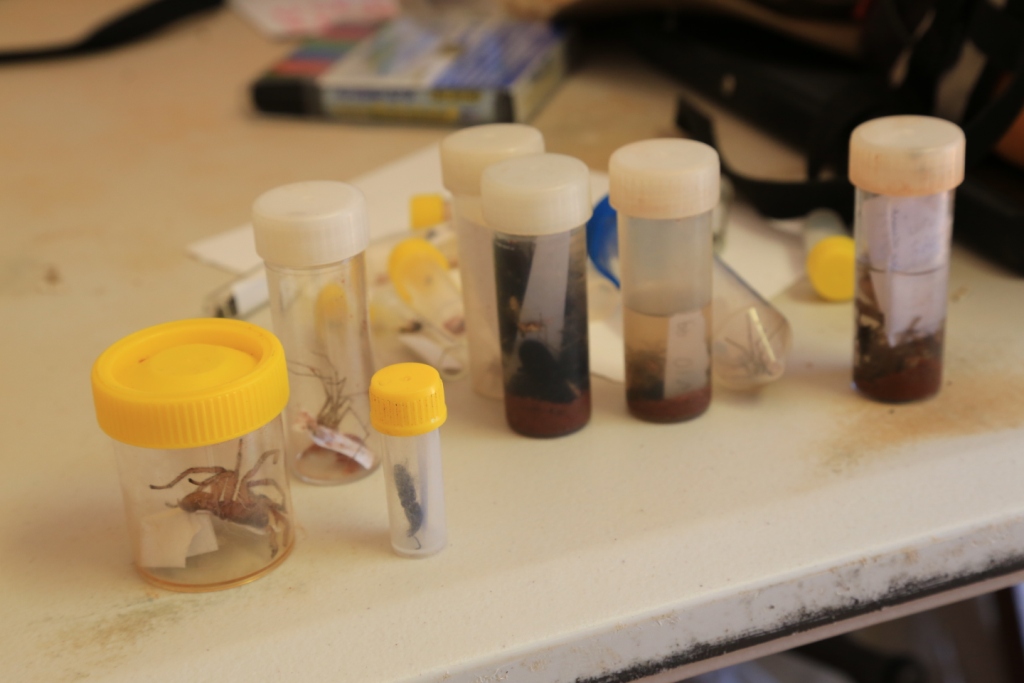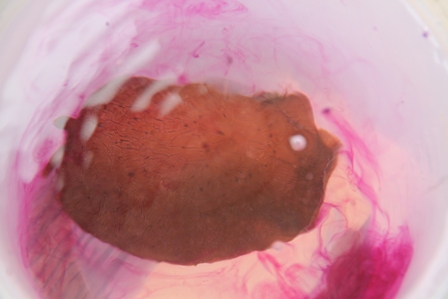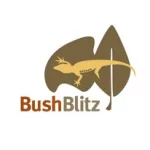Scientists, teachers, Parks Australia rangers and NGOs have returned from a 12-day voyage of discovery to the Coral Sea, 400 km off the coast of Queensland. Over two tonnes of rubbish including rope, various plastics and even a toy piano were collected alongside exciting biological discoveries such as new species of spiders and a previously unseen […]
Read More →Rare marsupial mole found at Kiwirrkurra
The recent discovery and filming of a western marsupial mole (Notoryctes caurinus) by Indigenous rangers near Kiwirrkurra has garnered a lot of media attention. The marsupial mole, which is restricted to the deserts of central and western Australia, is almost never seen, and even less often captured on camera. It spends most of its time underground, and […]
Read More →Media interest following the Bush Blitzes of Southest National Park and Bruny Island, Tasmania, 2016
Scientists that participated in the Southwest National Park and Bruny Island Bush Blitzes in February 2016 received a great deal of media interest. Bush Blitzer returns with hundreds of specimens – 936 ABC Hobart That’s not a smear on a rock – it’s a rare lichen! – 936 ABC Hobart Bush Blitz uncovers new violet in […]
Read More →Tasmania’s Wild South West
In early February a team of 17 scientists embarked on a Bush Blitz expedition into the remote and magnificent Southwest National Park which forms part of the Tasmania Wilderness World Heritage Area. This is Tasmania’s largest national park and is made up of wild rivers, jagged mountain ranges, rolling buttongrass and cushion plant plains, patches […]
Read More →Spiders from Kiwirrkurra
Dr Barbara Baehr’s results have come through from the Kiwirrkurra Bush Blitz. A memory: Barbara bustles into the little demountable building that was our office at Kiwirrkurra. It is mid-morning, and she has returned from her first day checking the spider pitfall traps. Underneath her broad-brimmed hat her face is ruddy, radiant, glowing with happiness. […]
Read More →Bush Blitz dives deep
From the deserts of central Australia to the wet topics of the top end right down to the alpine areas of Tasmanian Bush Blitz scientists have discovered new species and made thousands of new records. Surveying some of the remotest places in Australia isn’t always easy so 4WDs and helicopters are the usual way these scientists get to work each day. But […]
Read More →